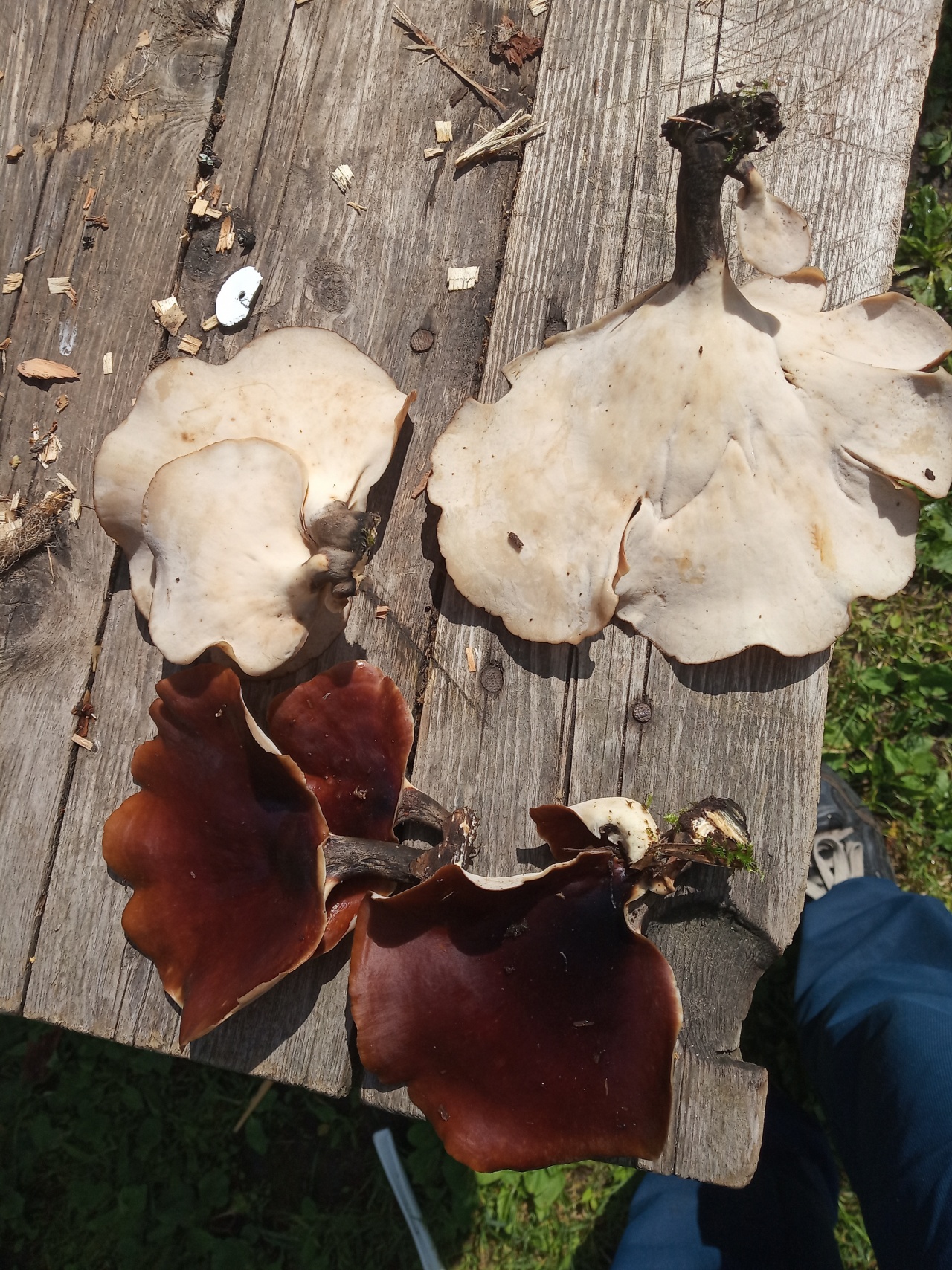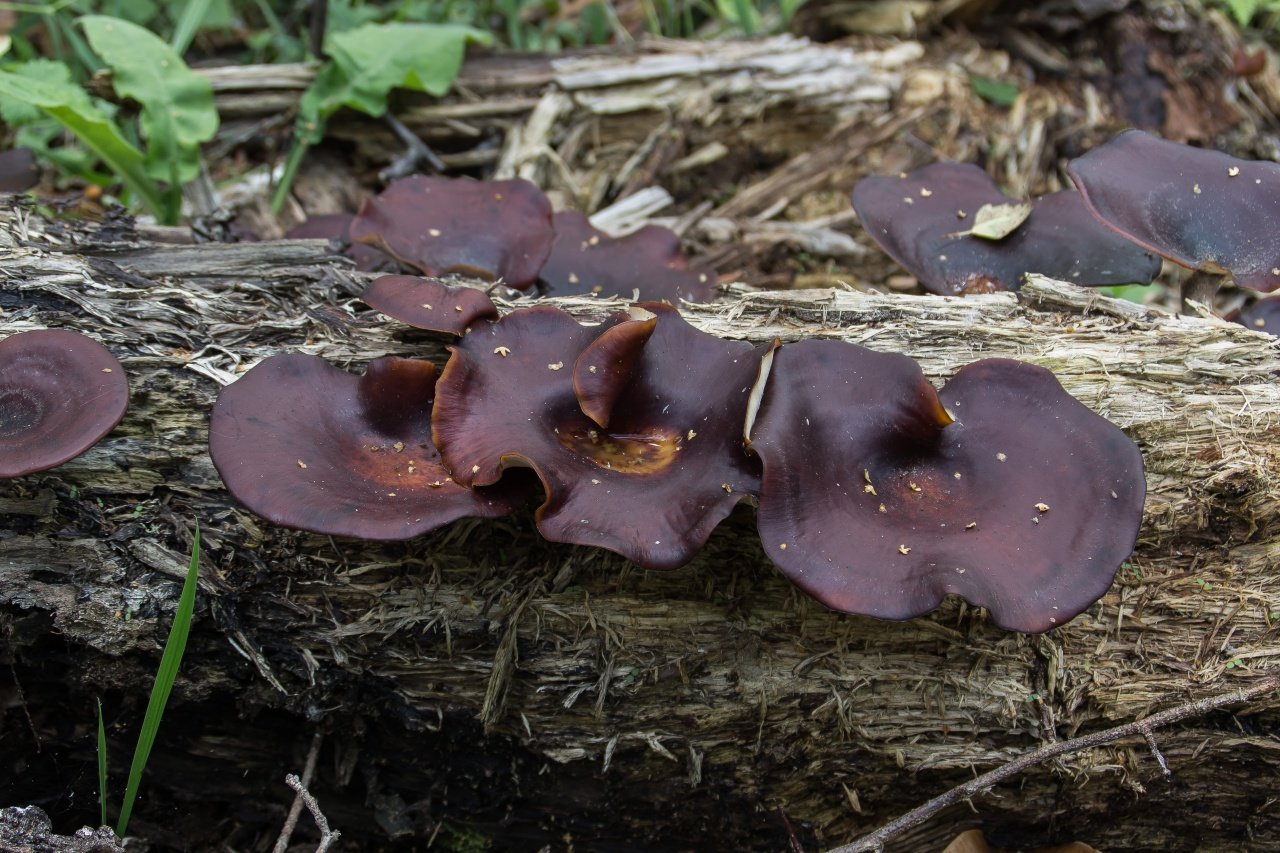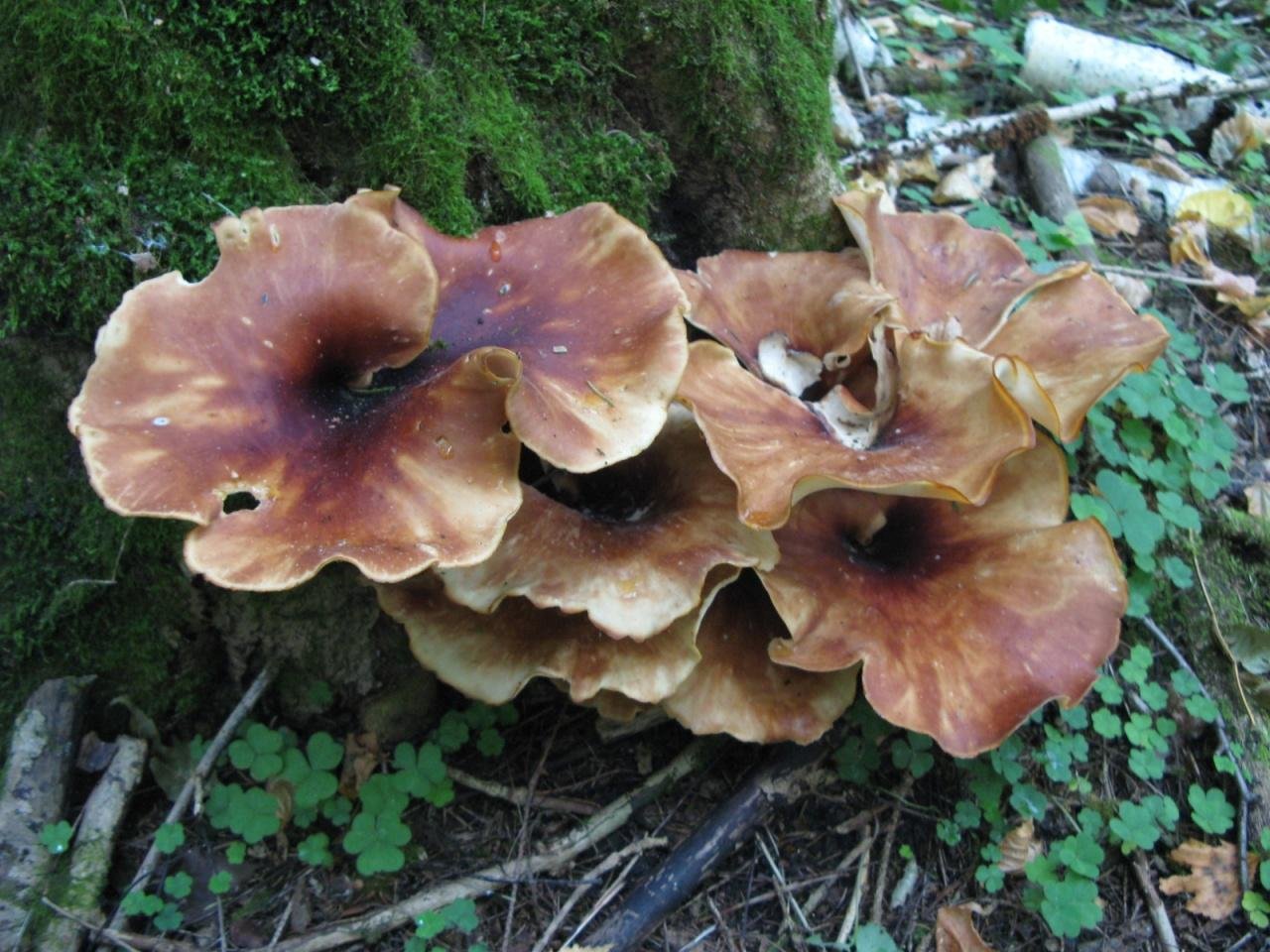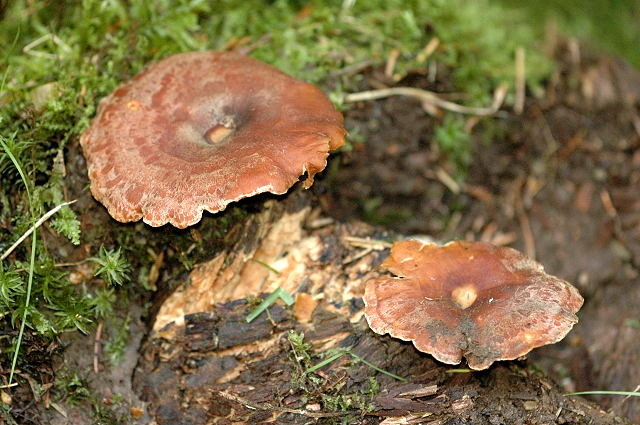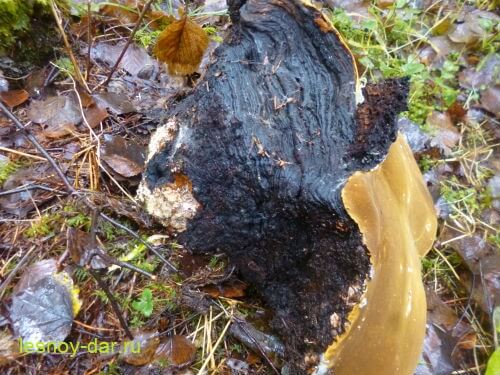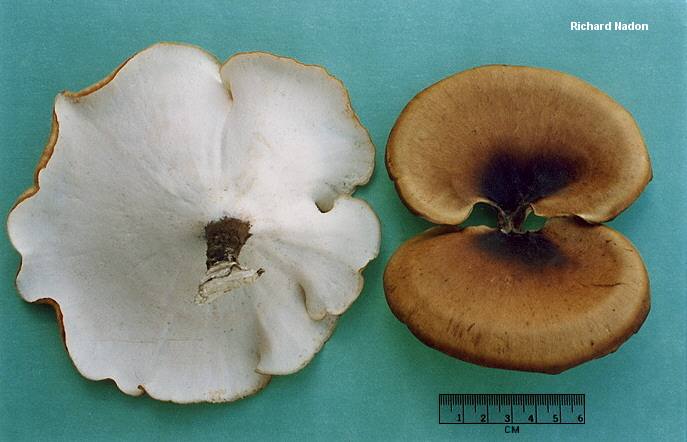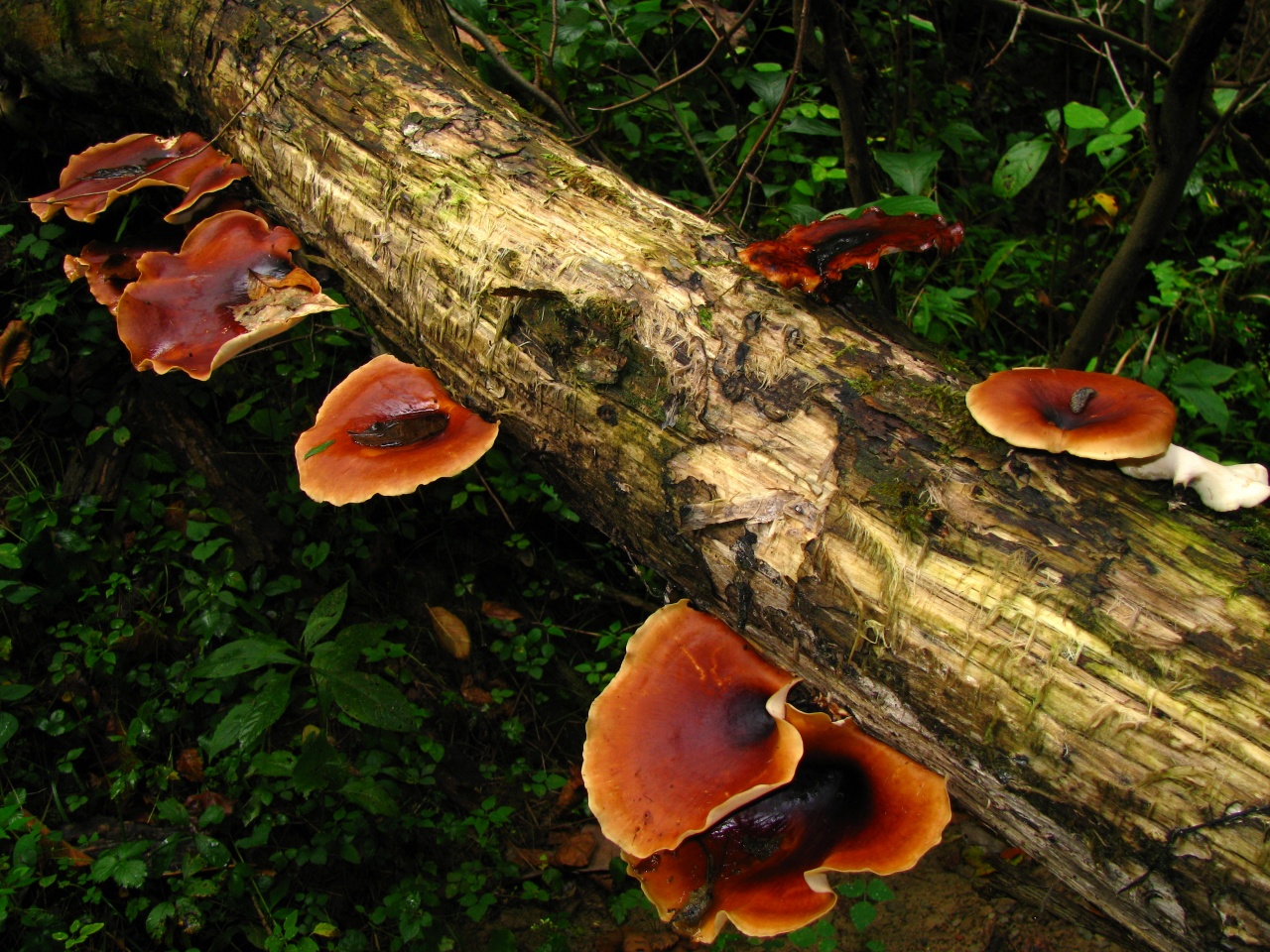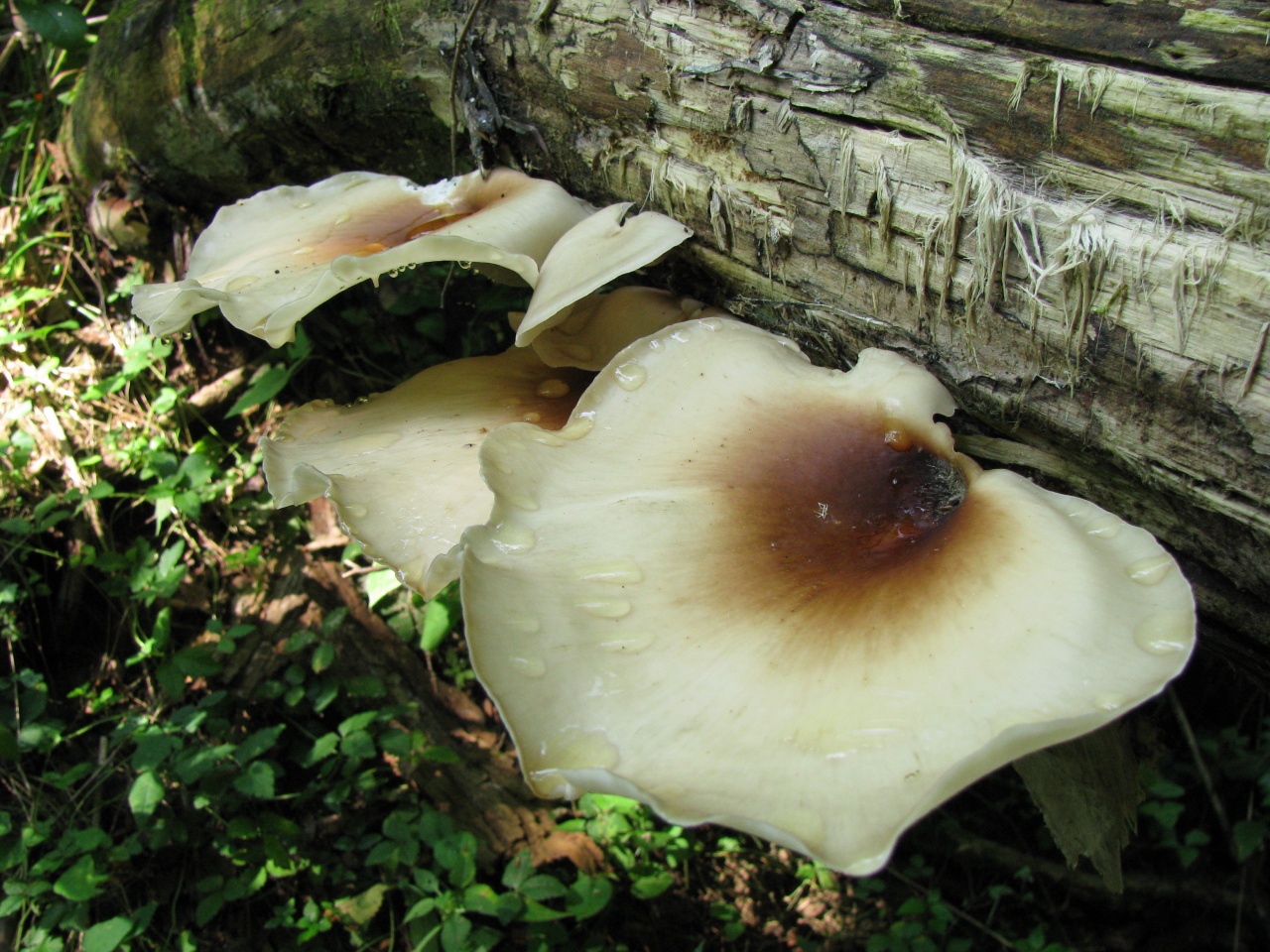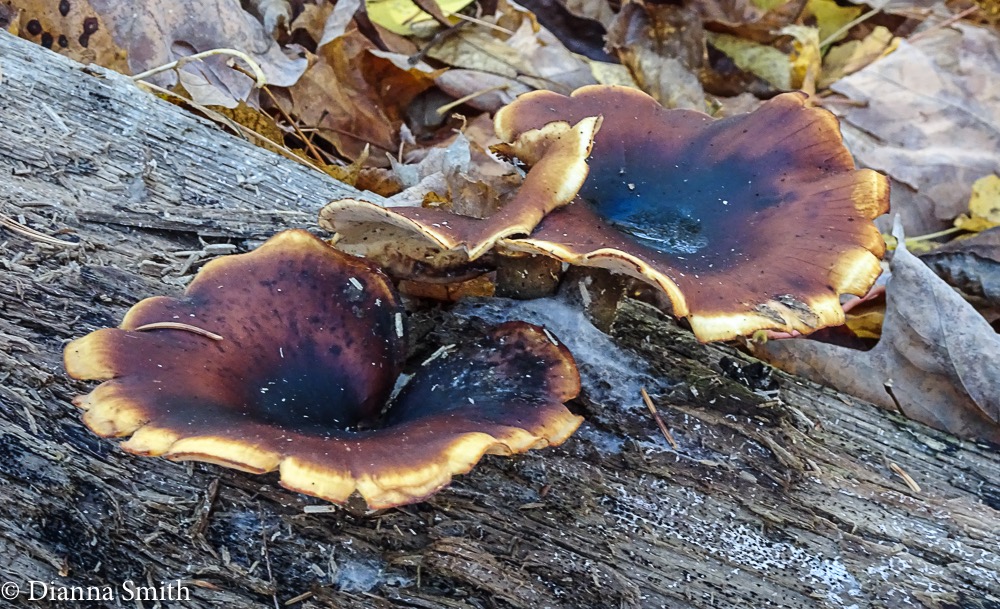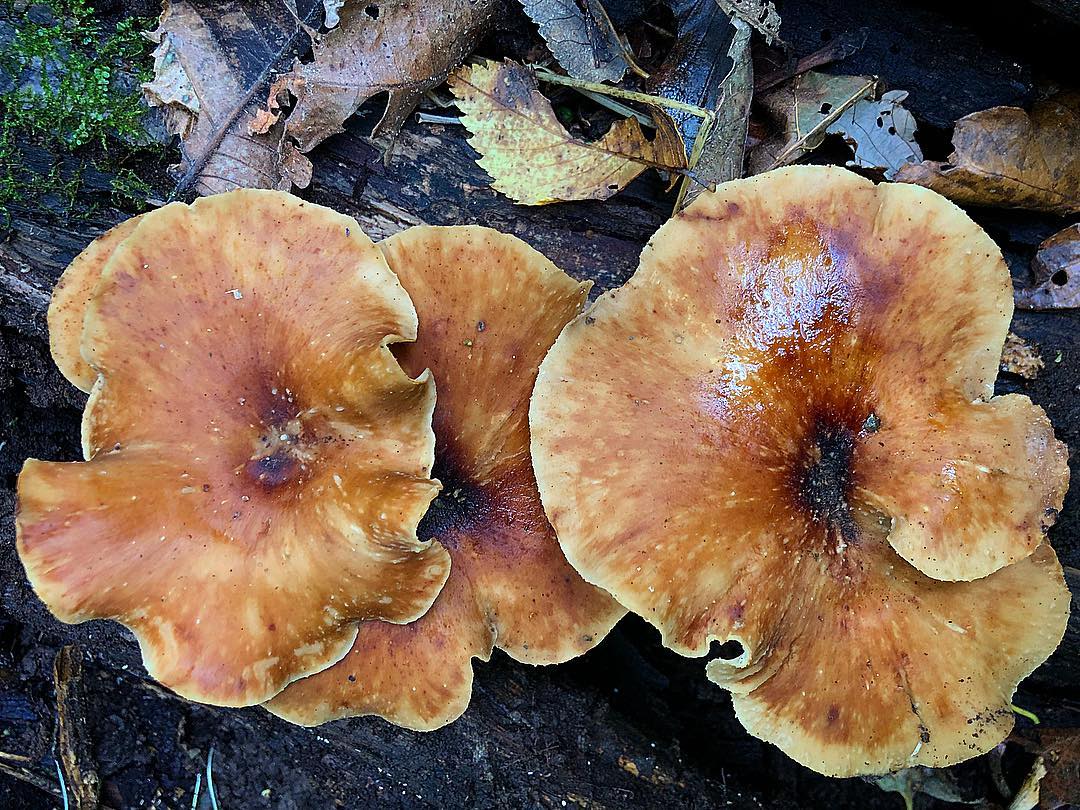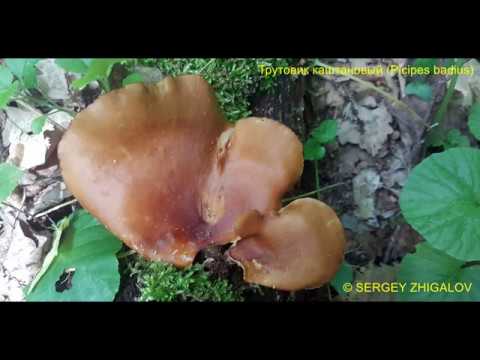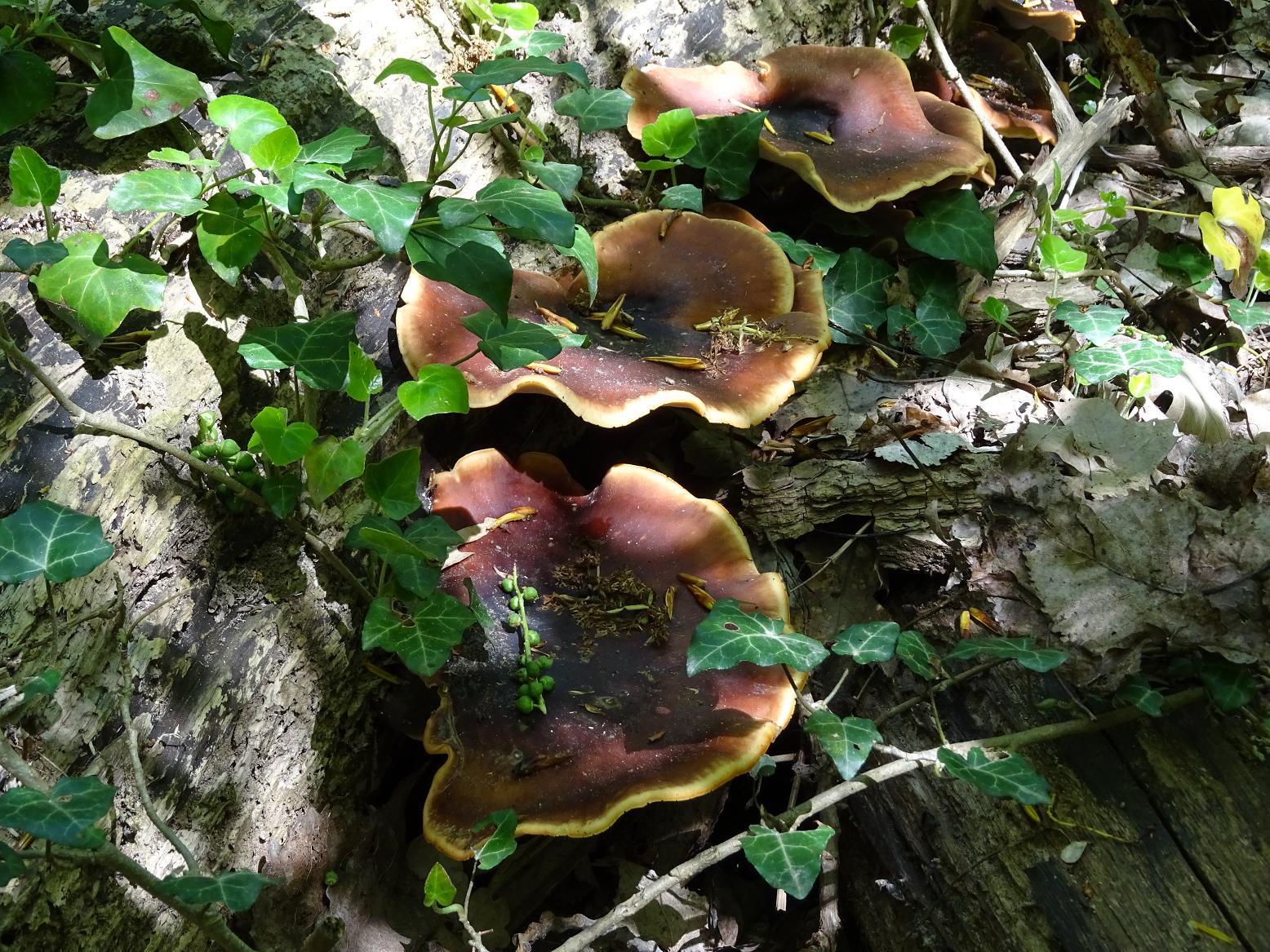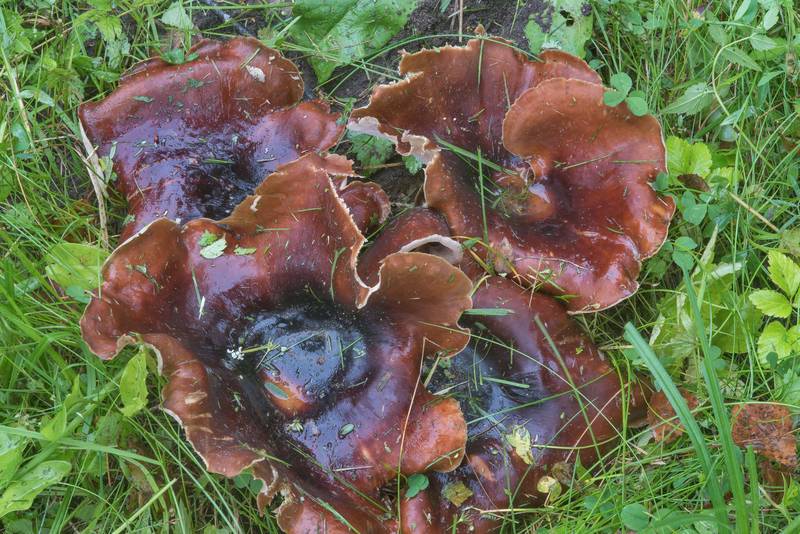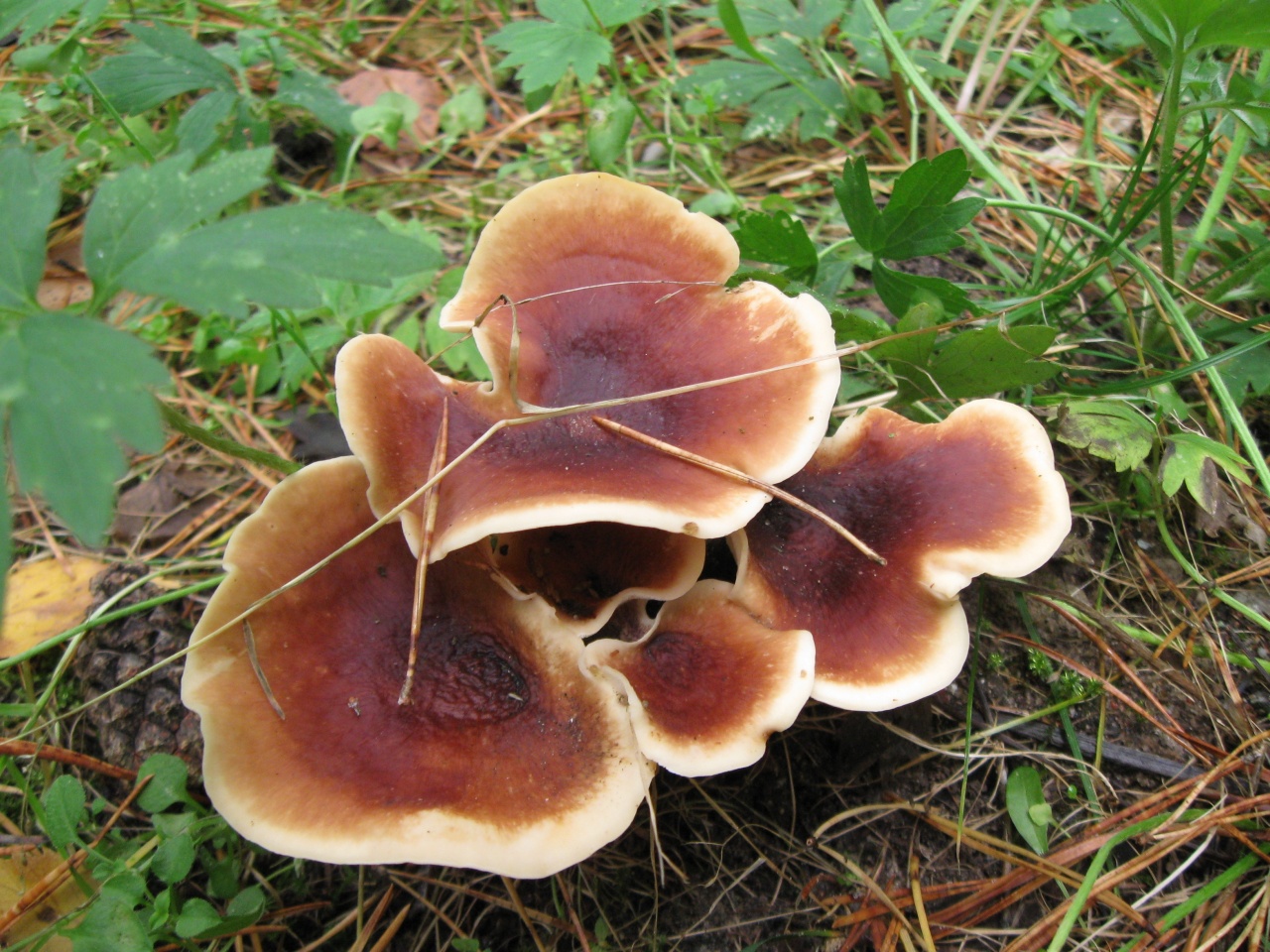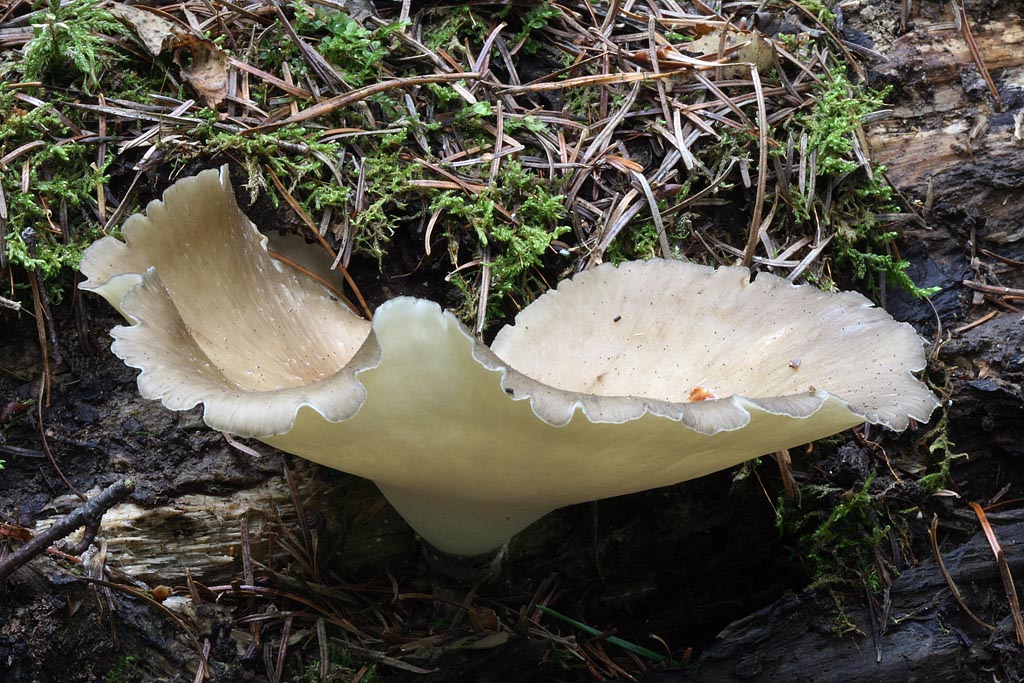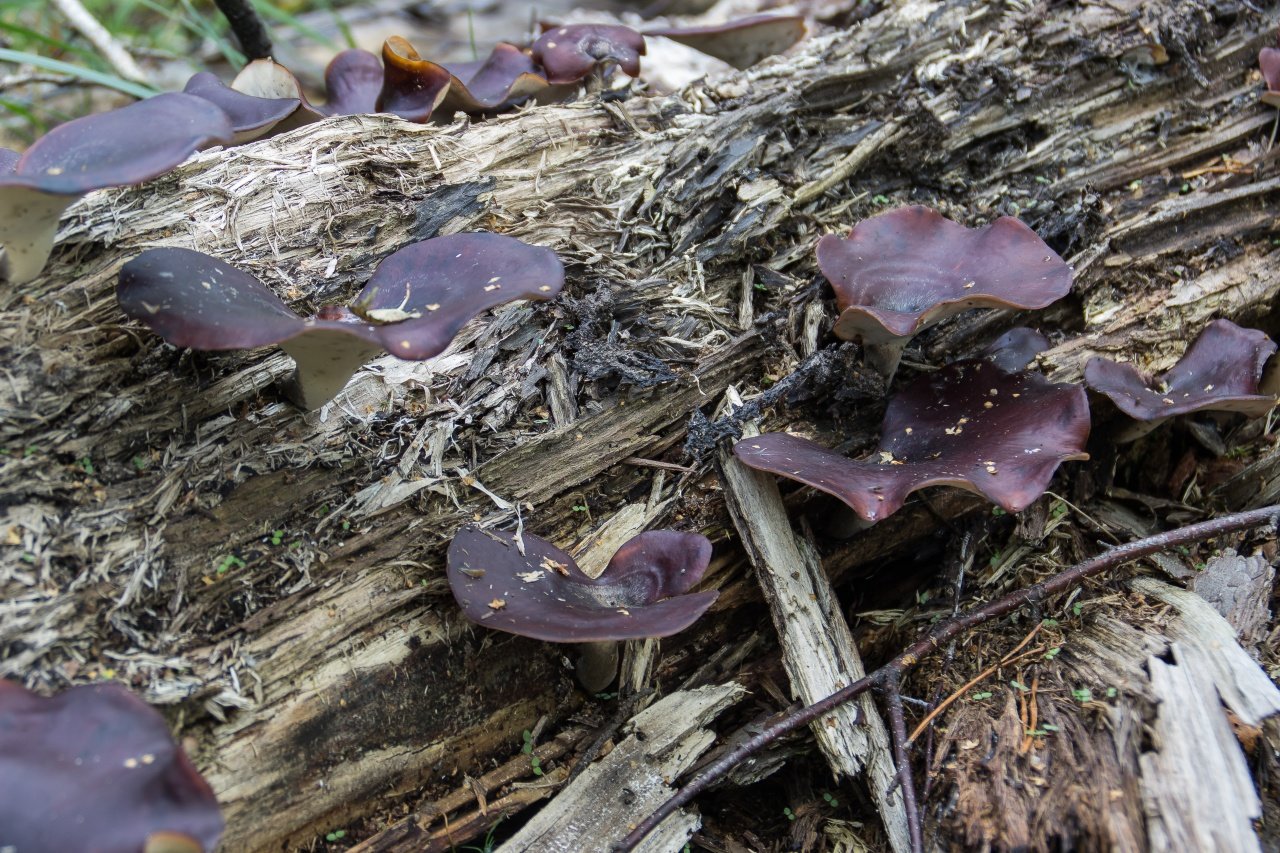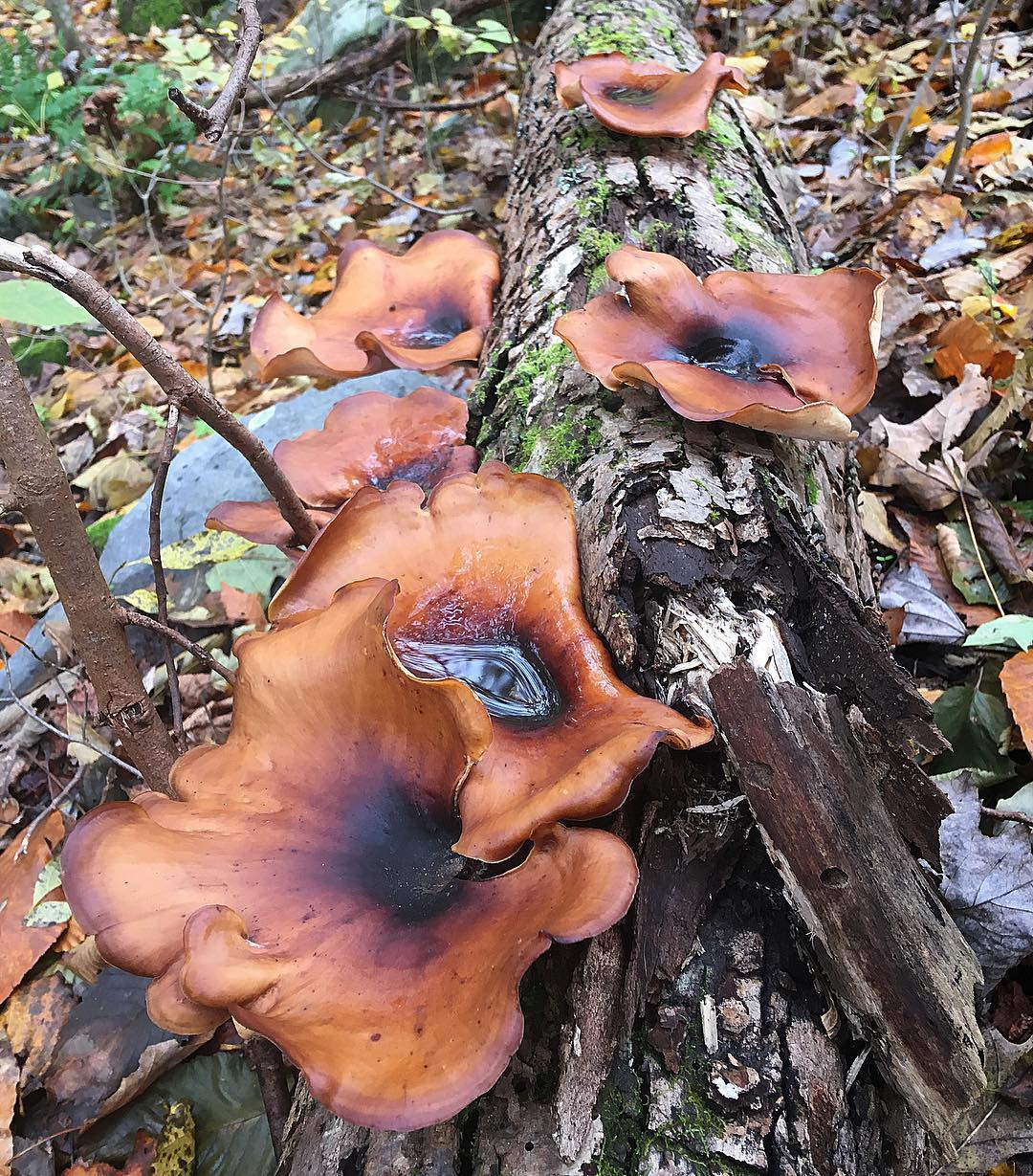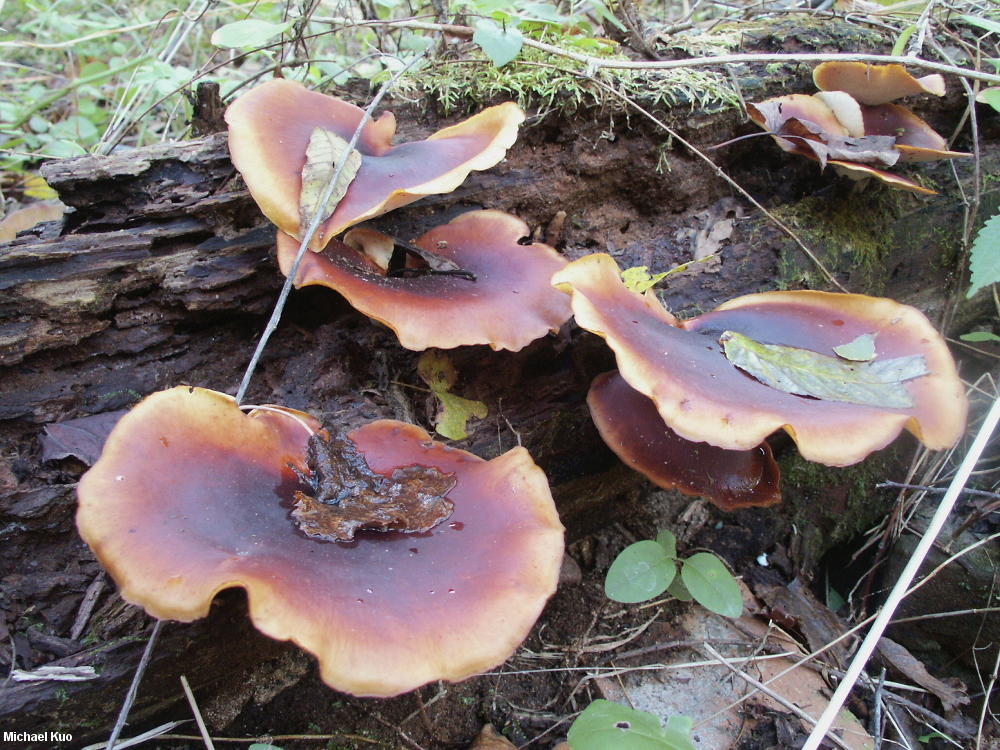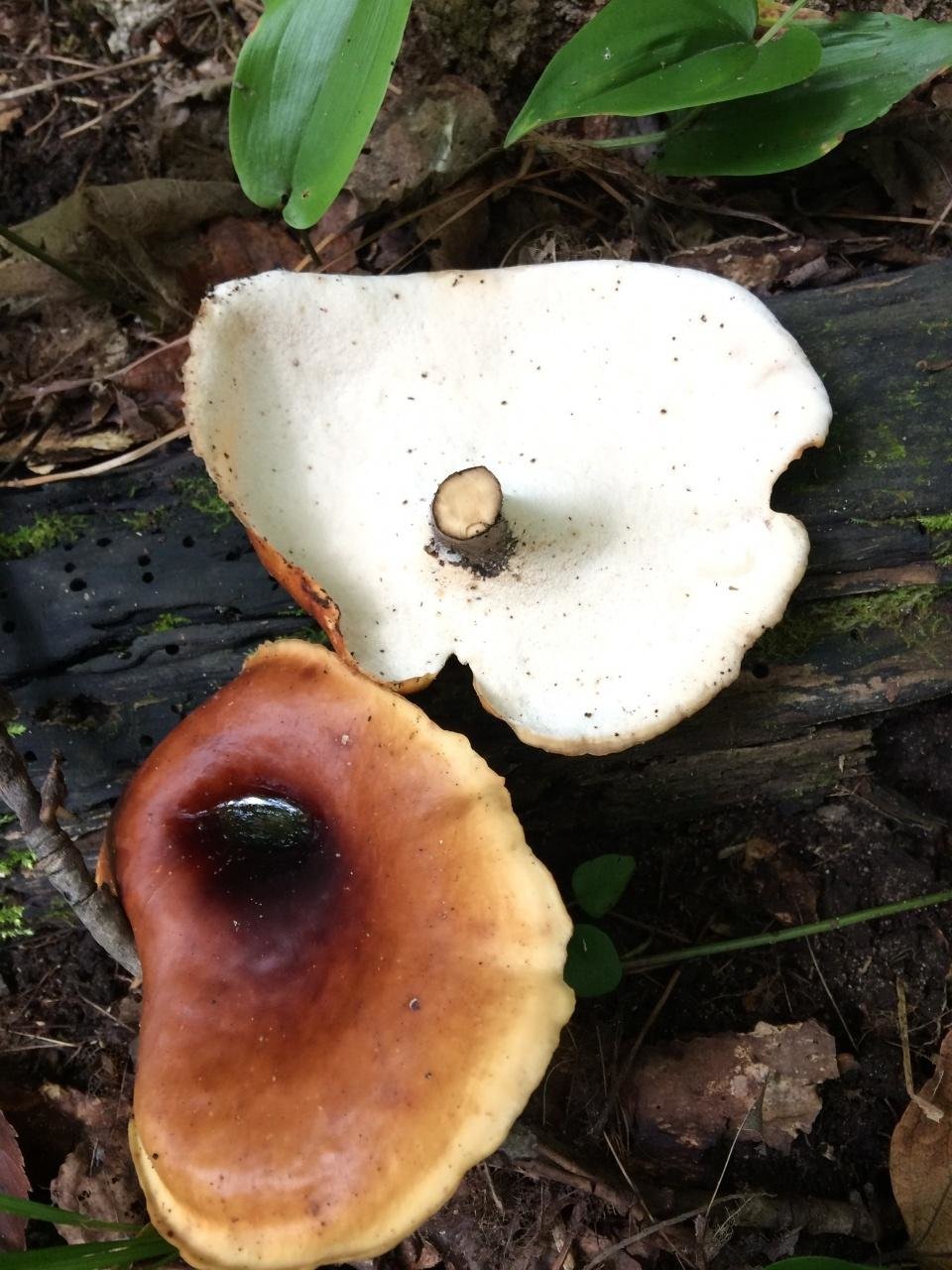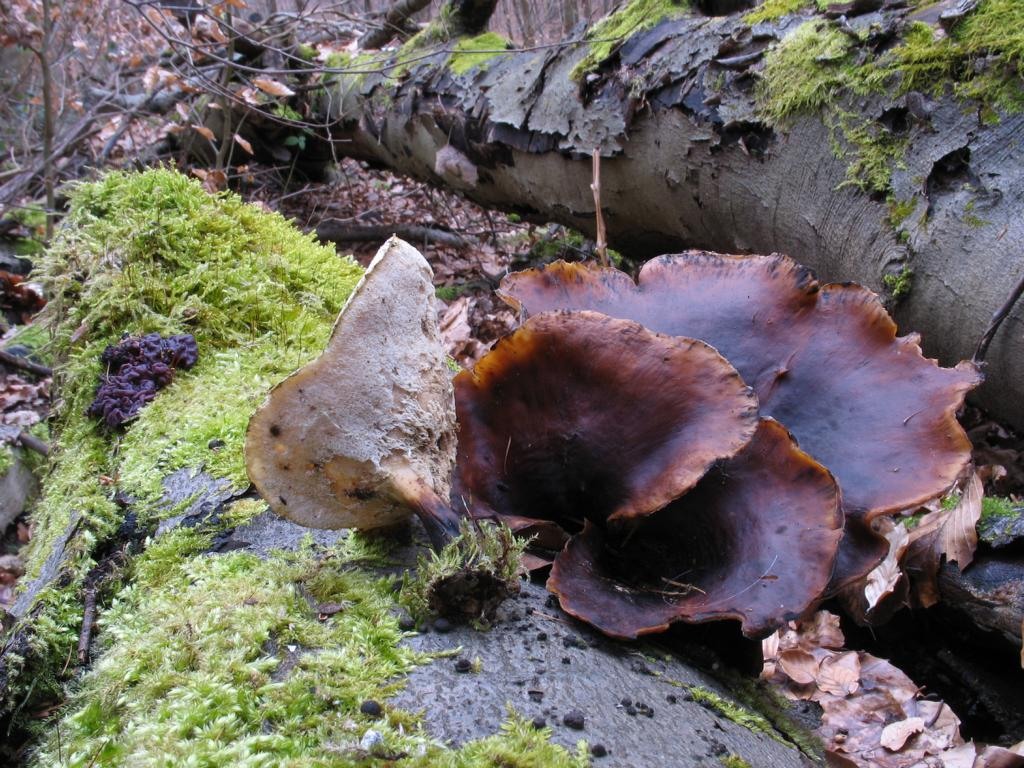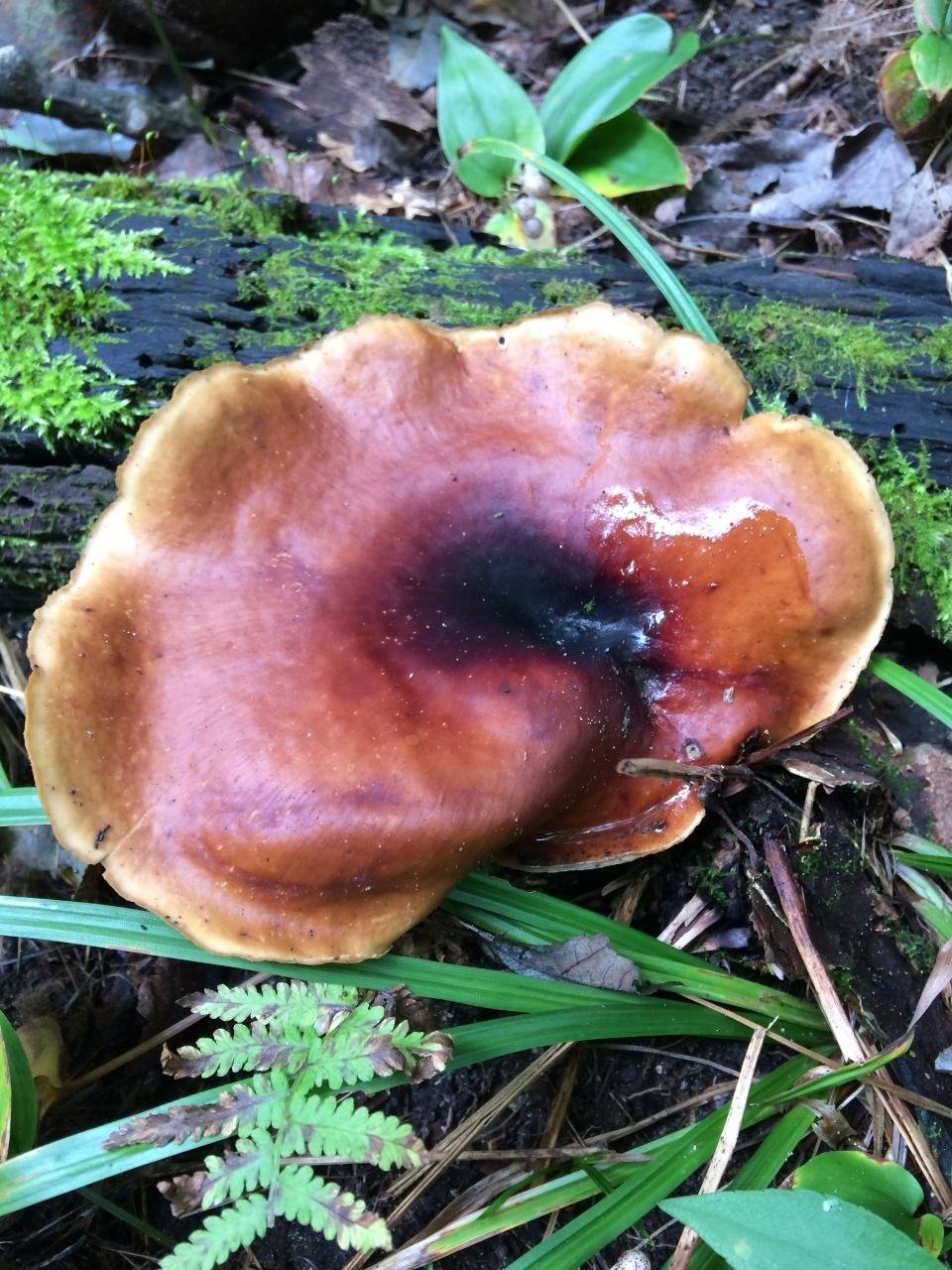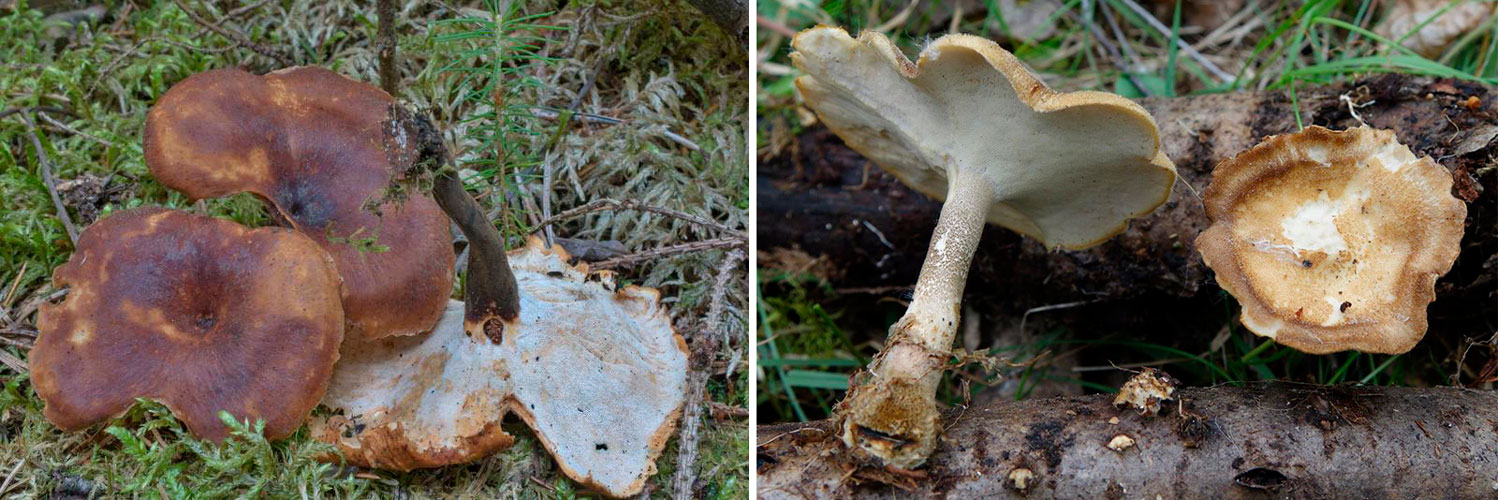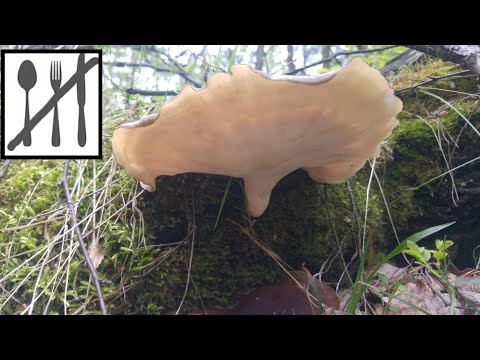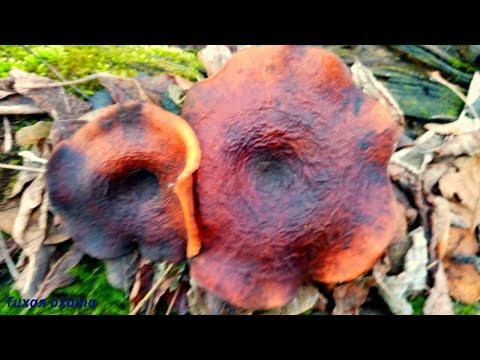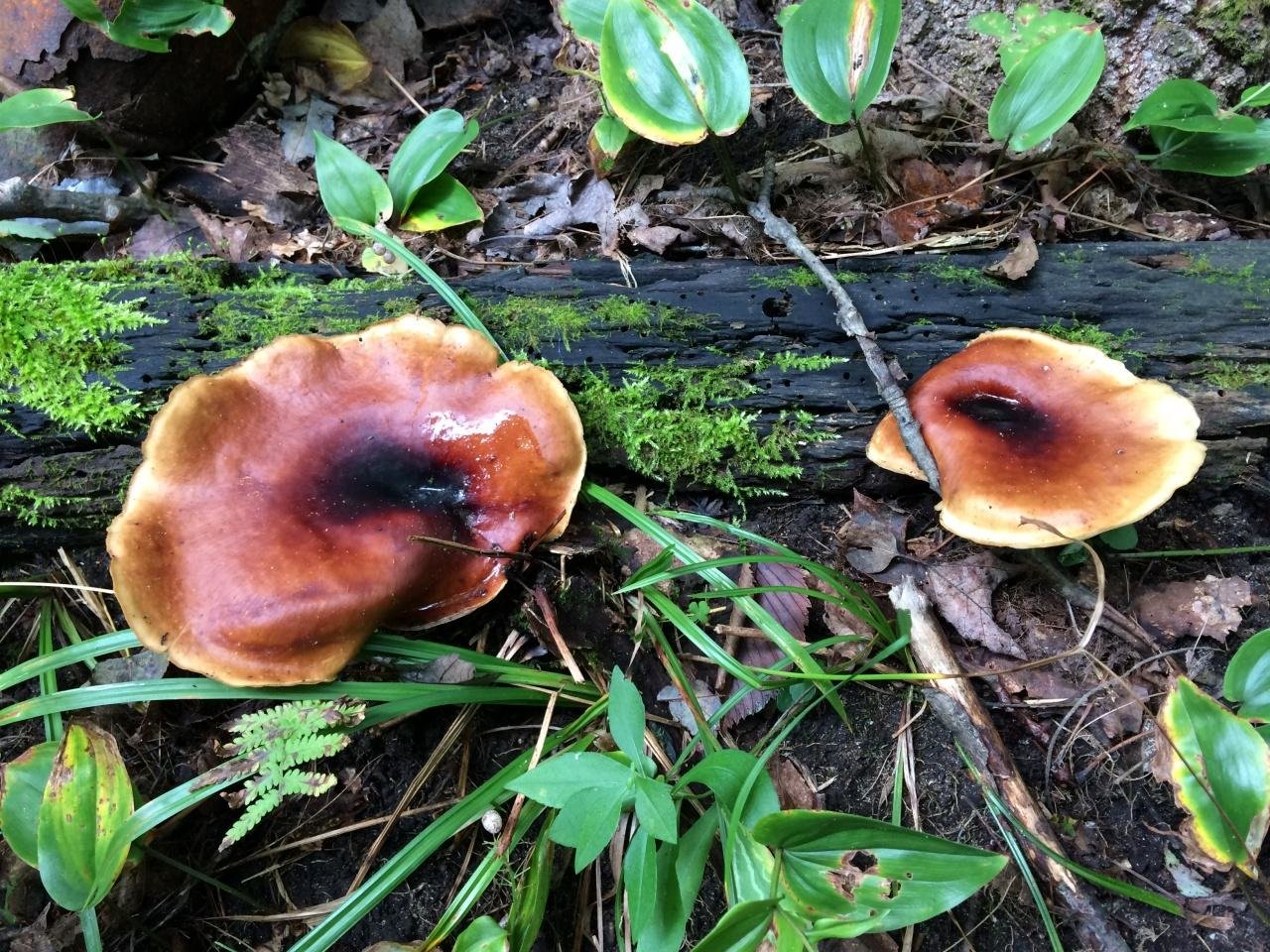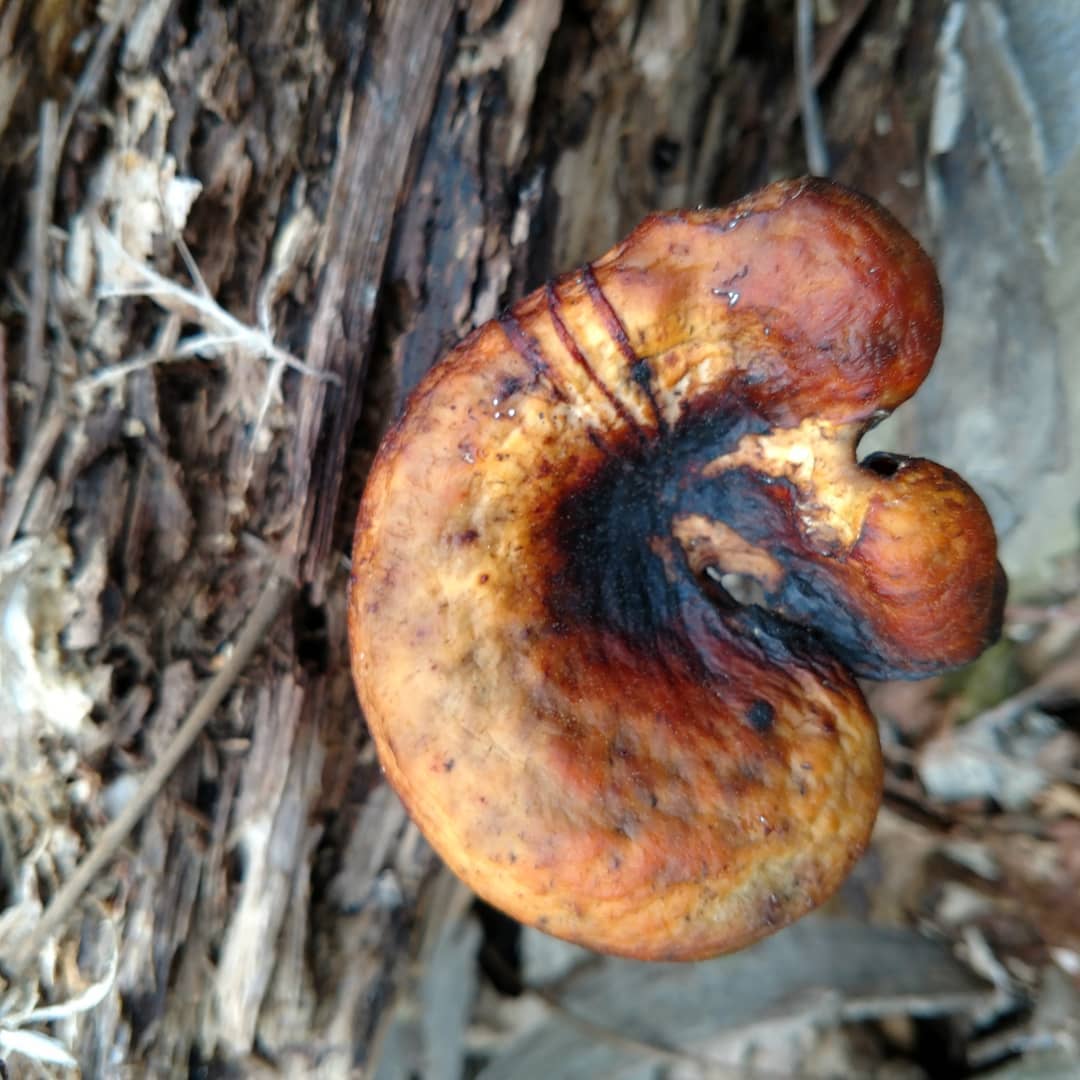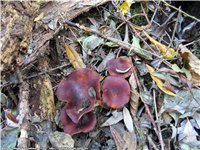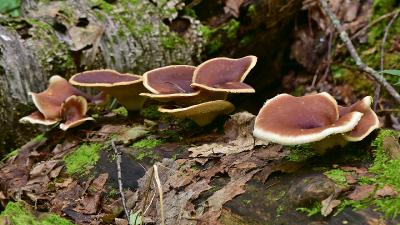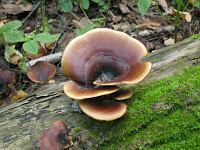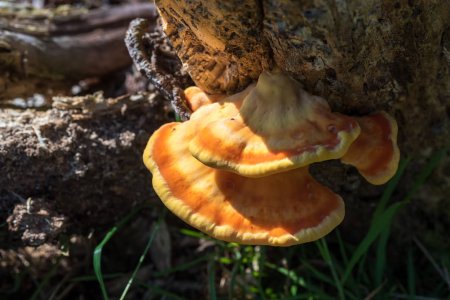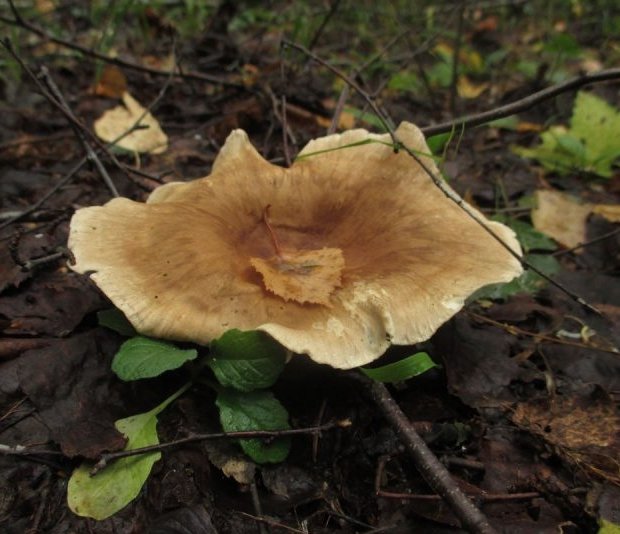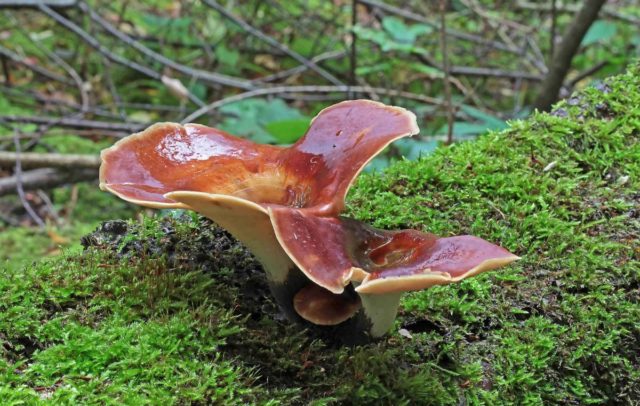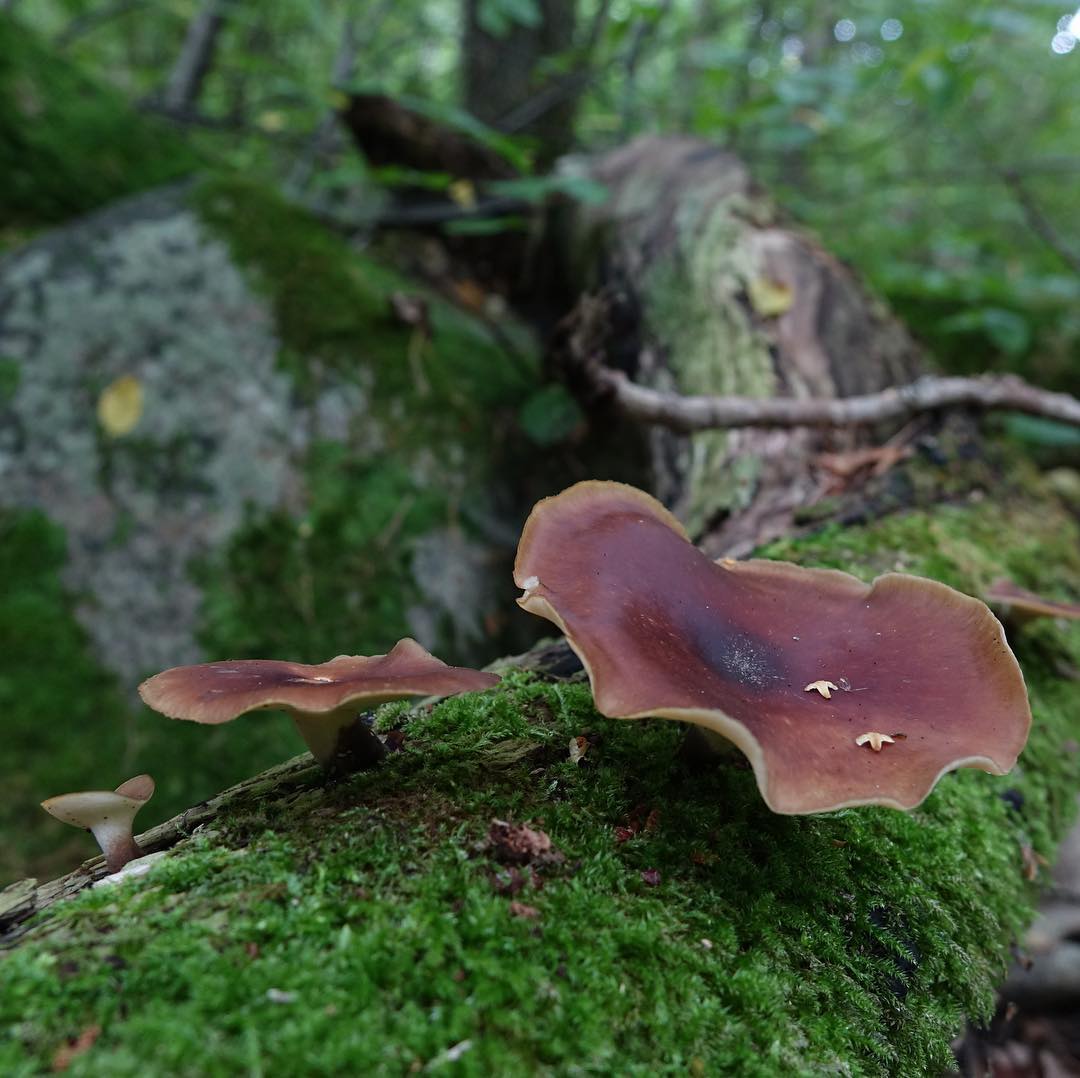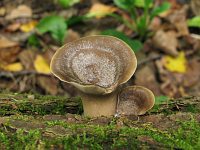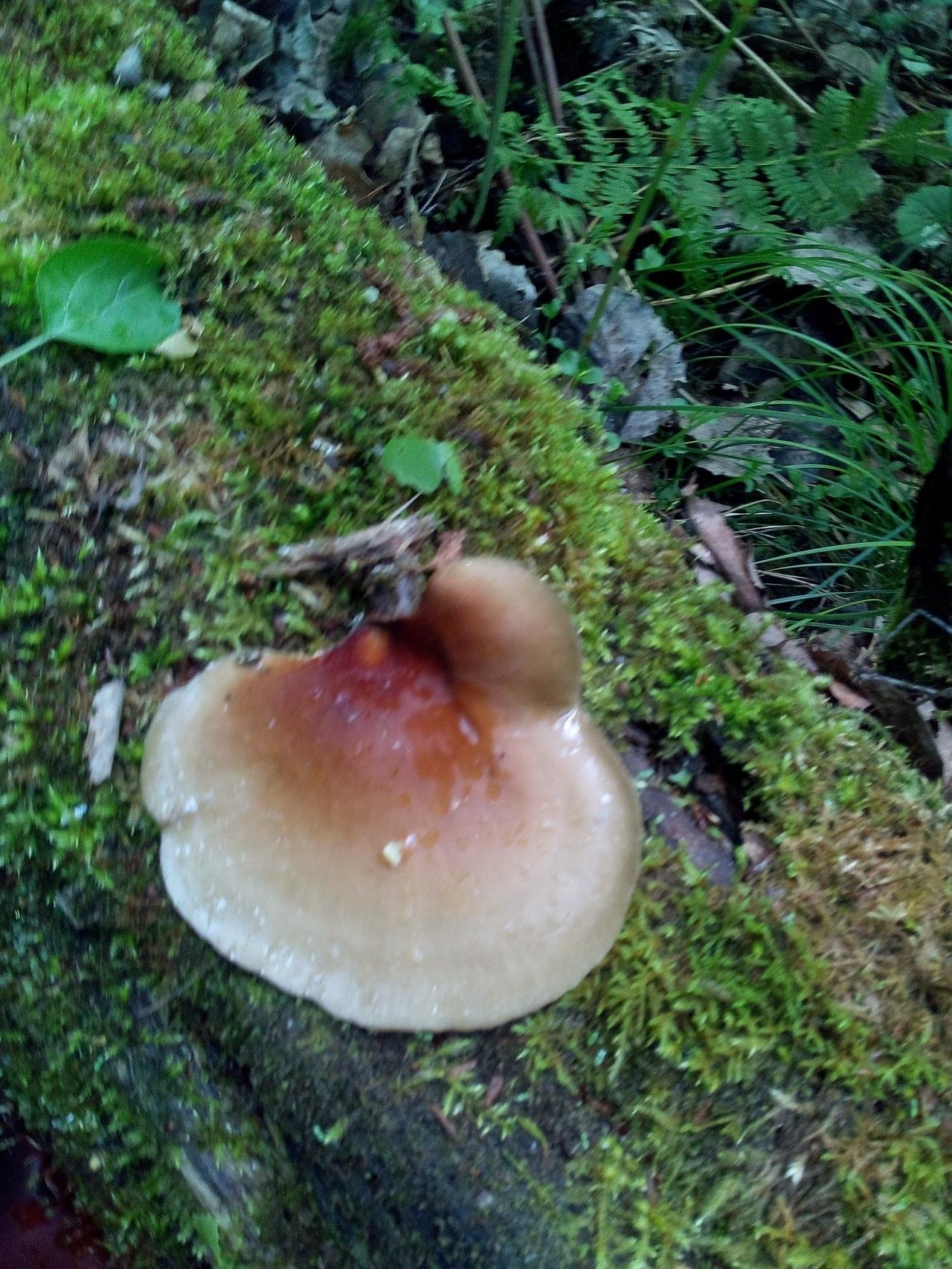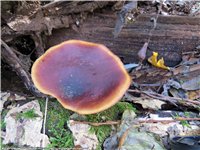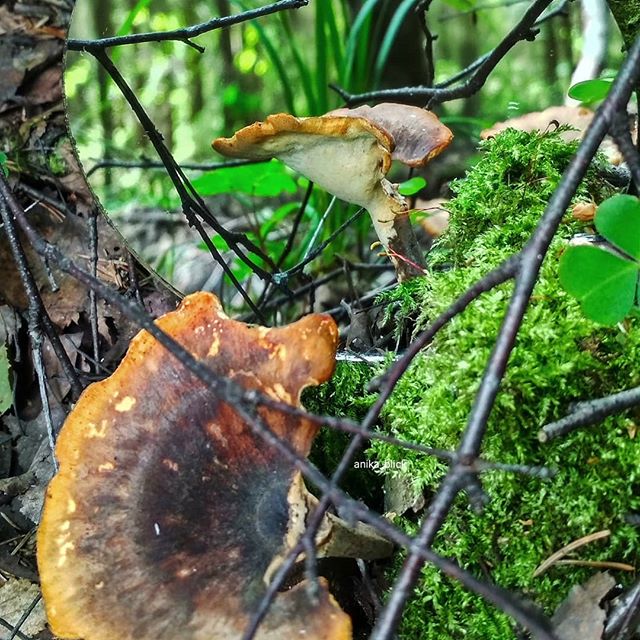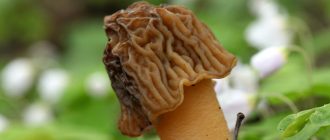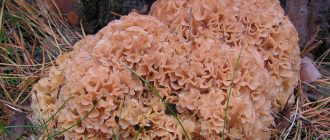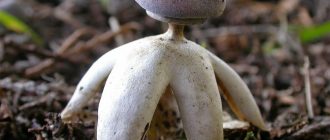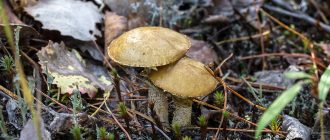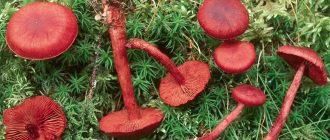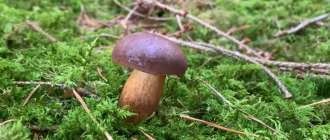Contraindications
Professional mushroom pickers advise not to experiment with medicines that have been prepared on the basis of tinder fungus, because they can cause an allergic reaction in the form of a skin rash. The mushroom in question has a mild laxative effect, therefore, when treating liver diseases, it is not recommended to use it for diarrhea, so as not to worsen your own well-being. For people suffering from urolithiasis, such recipes will not help either - the existing health troubles will only intensify, and the ailments that bother you will not disappear anywhere. Also, the main contraindication is the period of pregnancy (especially the last months) and breastfeeding.
If the selected formulations are improperly prepared, then they will also adversely affect the patient in the form of dizziness, nausea and vomiting. In any case, it is worth being treated with a tinder fungus only under the strict supervision of a personal doctor.
It is forbidden to use antibiotics and other potent drugs during treatment with a fungus. It is worth adjusting your usual diet, since during this period the patient is contraindicated in meat products (smoked meats and sausages, pickles), fatty broths, hot sauces, seasonings and spices, strong black tea and coffee in large quantities. Now the menu should be dairy-vegetable, with strict adherence to the dosage.
As for the tinder fungus, there are still active disputes: can this mushroom be considered edible or everyone risks poisoning it, is it suitable for medicinal tinctures or does it give absolutely no effect? This family has hundreds of species that differ in appearance and structure of the pulp, which means that the principle of application for each option should not duplicate other recommendations. If you use a tinder fungus under the close supervision of an experienced doctor, then the beneficial components of the mushroom can really help improve your health at home.
Edible tinder fungus
A common edible species is the sulfur-yellow tinder fungus. This mushroom is edible only when young, it is boiled for 30-45 minutes or fried. The sulfur-yellow tinder fungus has a pleasant mushroom smell and sour taste. It is also used in salads, salted and pickled. Mushroom stuffing based on this type is used as a filling for pies, egg casseroles. In addition, this mushroom keeps well frozen for a long time.
In Germany and North America, sulfur-yellow tinder fungus dishes are delicious. In these regions, the mushroom is known as "wood chicken" or "mushroom chicken". As a substitute for chicken meat, it is used in vegetarian cuisine.
2 Useful properties and contraindications
Polypore has the following medicinal properties:
- destroys bacterial infections;
- suppresses inflammatory processes;
- resists viral infections;
- has an expectorant and diuretic effect;
- accelerates tissue repair;
- has an antitumor effect;
- strengthens the body;
- has a rejuvenating effect.
Tinder fungus accelerates the breakdown of fats. Funds based on it remove poisons, radionuclides, toxic substances, carcinogens from the body. Tinder fungus has a beneficial effect on the digestive system, restores the intestinal microflora, relieves constipation. The fungus has a detrimental effect on the bacterium Helicobacter pylori, the causative agent of gastritis. Therefore, it is used for this disease, and for gastric ulcer and intestinal ulcer.
It has been found that tinder fungus also has a beneficial effect on hair, skin and nails.
The indications for the use of tinder fungus are as follows:
- pulmonary tuberculosis, pneumonia, pleurisy, bronchitis in acute and chronic form;
- kidney and bladder diseases;
- oncological diseases;
- gout;
- diseases of the pancreas;
- cirrhosis, hepatitis and other hepatic pathologies;
- peptic ulcer, gastritis;
- poisoning of various etiologies;
- obesity.
But it is not always allowed to use medicines made from tinder fungus, as they can cause an allergic reaction in the form of a skin rash.
People who are prone to allergies are advised to take mushroom products with caution. It is strictly forbidden to treat children with a polypore
Also contraindications include the period of pregnancy and lactation, urolithiasis, stones in the gallbladder.
Tinder fungus has a mild laxative effect, so it is not recommended to use it in case of diarrhea, so as not to aggravate the situation.
If the formulations are improperly prepared, then they cause dizziness, nausea, and vomiting in the patient.
Treatment with a tinder fungus must be carried out strictly under the supervision of a doctor.
Characteristics of the fungus tinder fungus
The structure of the fruiting body in polypores is unusual. Moreover, it is resistant to water, high and low temperatures. Thin threads, hyphae, which intertwine with each other, form the body of the fungus. The mycelium is deep in the trunk of the tree. Hyphae penetrate under the bark of a tree, thanks to the release of special enzymes that dissolve the cell membranes.
Fruit bodies are distinguished by shape: sessile (attached to the substrate on one side, sometimes have a lateral leg); spread out (like a plate or a cake that has grown tightly to a tree, and their color and surface are similar to the bark of a tree); hats
The appearance of chestnut tinder fungus
The hat of the chestnut tinder fungus is large. Under good conditions, its diameter can be up to 25 centimeters. But mostly the diameter is 5-15 centimeters. The shape of the cap is irregular, funnel-shaped. It looks like several blades fused together. The edges of the cap are wavy.
The color of the caps in young specimens is gray-brown, and in mature mushrooms it becomes a rich brown, almost black. The central part of the cap is noticeably darker, and the edges are lighter, almost beige. The surface of the cap is smooth and shiny. The cap becomes oily when it rains.

The flesh of the chestnut tinder fungus is elastic, tough, but thin. It is difficult to tear or break it. The pulp has a pleasant mushroom aroma, but there is no special taste. The tubules descend along the leg. When pressed, the tubes turn yellow. There are fine pores in the lower part of the cap. The pore color is creamy brown, and later it turns yellow-brown. Spore white powder.
The leg is short and thick - its height does not exceed 4 centimeters, and its diameter reaches 2 centimeters. The leg can be fully or partially eccentric. The color of the leg is brown or black. Its surface is velvety.

Areas of growth of chestnut tinder fungi
These mushrooms grow on the remains of deciduous trees. They prefer moist soils. Fruiting time falls in May-October. In favorable seasons, these mushrooms are found abundantly and everywhere. Often chestnut tinder fungi coexist with their congeners - scaly tinder fungi.
Similarity to other mushrooms
Chestnut tinder fungus stands out for its large size and rich brown cap color, so it is difficult to confuse it with other mushrooms.

Assessment of chestnut tinder fungus
These mushrooms are not eaten due to their toughness. Their pulp is rubbery even at a young age. In general, these mushrooms are striking in their uselessness, they are very numerous, beautiful and large, but at the same time they cannot be eaten.
Other polypores
Tinder fungus is an inedible mushroom. Fruit bodies are small. The diameter of the cap does not exceed 5 centimeters. At first, the edges of the cap are tucked up, but with age they open up, and a deep depression is obtained in the central part. The cap is fleshy and the edges are thin. The color of the cap is yellow-brown or ocher. The leg is long and thin - no more than 0.8 millimeters in diameter and up to 7 centimeters high. The color of the leg is dark brown or black.
Variable tinder fungi grow on thin fallen branches. They settle in different types of forests. Fruiting time is summer-autumn. They meet in places.

Tinder fungus is an inedible mushroom. Young hats are round, and with age they become open. The diameter reaches 12 centimeters. The color of the cap is gray-brown, over time it fades and becomes dirty cream. The surface of the cap is smooth. The shape of the leg is cylindrical. The color of the leg is brown or gray. The leg is often velvety.
These mushrooms bear fruit from May to August. They grow on decaying wood. These mushrooms grow en masse in the spring. You can find them in sunny glades. They are found in small groups or singly.
3 Application in traditional medicine
There are many recipes for the preparation of various preparations based on tinder fungus. The most popular ones are:
|
Form of means and purpose |
Preparation |
Reception scheme |
|
Powder for the treatment of dysbiosis and constipation, wound healing |
|
Eat a pinch of powder and drink half a cup of warm water. Consume once a day in the morning. The therapy lasts a week. The powder can be applied externally, sprinkling it on wounds, and then bandaging the damaged area. You need to change the bandage 2 times a day. Repeat the procedure until the wound heals completely. |
|
Decoction for malignant neoplasms |
|
Drink 1 tbsp. l. 3 times a day |
|
Alcohol tincture for insomnia |
|
Consume 1 tsp. tinctures an hour before bedtime. The product must be dissolved in half a glass of water. Sleep problems usually disappear after 3 weeks. |
|
Drink (the product is intended to slow down aging, improve memory, attention) |
|
Drink instead of regular tea |
|
Weightloss remedy |
|
Use the remedy twice a day on an empty stomach in the morning and evening half an hour before meals. Usually, improvements are noticeable after a couple of weeks, but therapy should be carried out within two months. |
|
Remedy for peptic ulcer of the stomach and intestines |
|
Drink 50 ml 6 times a day. The therapy lasts 2 weeks. This remedy also helps with malignant tumors. In this case, you need to take 3 cups of the drink per day. |
|
Wound healing cream |
Add a small amount of tinder fungus powder to skin creams |
Rub the product into the skin on problem areas |
|
Compresses for psoriasis |
|
Moisten a small piece of bandage in the resulting infusion and apply to sore spots. Repeat the procedure twice a day. |
|
Infusion for cardiovascular diseases |
|
Consume 1 tbsp. l. 3 times a day half an hour before meals |
|
Decoction for constipation |
|
Drink 2 tbsp. l. 4 times a day |
Tinder fungus is actively used in cosmetology. You can use the following tools:
|
Means |
Recipe |
Application |
|
Infusion for cleansing the skin |
|
Take 1 tbsp. l. three times a day half an hour before meals. Additionally, wipe the face with liquid once a day |
|
Tincture for strengthening and healing the nail plates |
|
Rub into the nail plate |
|
Skin cream |
|
Apply the resulting product to the skin. Wash off with warm water after 20 minutes |
The oil is prepared according to the following recipe:
- 1. Pour 3 tbsp. l. raw materials 500 ml of linseed or olive oil.
- 2. Insist 14 days in a dark place.
You need to use the product for 2 tsp. half an hour before meals, 2 times a day. The course should last 3-4 months. The oil helps with bronchitis, pulmonary diseases, liver pathologies, obesity. It accelerates the process of removing toxic substances and carcinogens from the body. The tool is also recommended for use in intestinal dysbiosis.
Growing tinder fungus at home
Polypores are grown on a substrate that consists of a mixture of sawdust, shavings, bark of small branches. Such a substrate is poured with boiling water, left to cool to room temperature, after which it is squeezed out, mixed with the mycelium of the fungus and placed in plastic bags. The bags are cut and left in a room with 80% humidity, natural light and an air temperature of + 20 ° C. The first harvest appears after 30-40 days.
Also, hemp and wooden blocks serve as a substrate for growing tinder fungus. It is pre-soaked in water. After that, cuts are made with a saw or a drill, into which the mycelium is laid. Bars with mycelium are left in a shady place, sprinkled with leaves. During the dry season, they are watered. The crop appears 4 months after planting.
Methods for growing umbrella tinder fungus.
The cultivation of these mushrooms is carried out mainly in two ways:
Method one. Polypores can be grown in rooms in which special conditions are observed: the air humidity must exceed 80%, the temperature must be maintained around 20 degrees, in addition, it is necessary to provide natural light and constant air circulation.
A mixture of various solid residues is used as a substrate, for example, corn cobs, bark, shavings, small branches, sawdust, reeds, and so on. The substrate is poured with boiling water. When the mixture has cooled to room temperature, mycelium is added to it, at the rate of 100 grams per 35 kilograms. The mixture is placed in transparent plastic bags. Several holes are made in the bags to allow air ventilation.
Method two. Also, umbrella tinder fungi can be grown in natural conditions. In this case, the harvest is expected after 4 months. As a substrate, wooden blocks and hemp are used. The substrate is soaked in water for 4 days. The bars are filed and mycelium is poured into them. For 35 kilograms of substrate, there are 100 grams of mycelium. The bars are placed in shaded areas. Disembarkation can be carried out at any time of the year. Under optimal conditions, fruiting begins, which occurs about 5 times a year.
Similar species.
Tinder fungus is a similar species. It is also popularly called the ram mushroom. The ram mushroom is distinguished by a darker color of hats. This tinder fungus looks like a bushy growth. The fruiting body consists of distinct “legs” that turn into “caps”. The color of the fruiting body can be gray-pink or gray-green. The pulp is brittle, white. The pulp has a very pleasant smell and taste - nutty.
Tinder fungus, like its relative, the umbrella tinder fungus, is listed in the Red Book of the Russian Federation. These mushrooms are not found every year. They grow on the stumps of oaks and maples, and are also found at the bases of living trees. Fruiting occurs from August to September.
Description of blackfoot tinder fungus
The black-footed tinder fungus has a thin, elongated leg. The diameter of the cap ranges from 3 to 8 cm. It has a funnel shape. As the mushroom matures, a depression forms in its middle.The surface of the black-footed tinder fungus is covered with a glossy, cloudy film. The color ranges from brown to dark brown.
The fungus has a tubular hymenophore, which is located on the inside. The pores are small and rounded. At a young age, the flesh of the black tinder fungus is quite soft. Over time, it hardens and begins to crumble. No liquid is released at the fracture site. Contact with air does not change the color of the pulp.
In nature, the black-footed tinder fungus acts as a parasite. It destroys decaying wood, and then utilizes the remains of organic matter as a saprophyte. The Latin name for the mushroom is Polyporus melanopus.
When collecting, the fruit bodies are not broken, but carefully cut with a knife at the base
Polyporus, or Tinder
Polyporus, which belongs to the Polyporaceae family, includes mushrooms with fairly unambiguous recognitions: they are all “annual cap polypores,” that is, their rigid fruiting bodies growing on wood have a stem and cap, as well as a tubular hymenophore. The tubes, however, failed - they are very short and relatively wide, they do not look like anything from what we see in boletus mushrooms. Species are considered as exotic of this genus, the fruiting bodies of which form congestions, sometimes huge; such is, for example, the famous ram mushroom (not the same as Grifola frondosa). The spore piston of mushrooms of the genus Polyporus is white, they grow on dead, much less often on living trees, and their fruiting bodies are annuals.
The species composition of the genus is not clearly defined; according to the Indexfungorum system, an incredible variety of species have or had in the past something to do with polyporus, but nowadays, after numerous revisions, there are hardly three dozen of them left in the genus. Some polypores are now being placed by researchers in the genus Favolus.
This impressive and very recognizable mushroom is making scientific evolutions right before our eyes: now it is Royoporus, then Picipes, then again Polyporus. In any case, a very tough black-footed tinder fungus devouring the remains of deciduous trees can be easily recognized.
Today this famous May polypore belongs to the genus Lentinus and is called "ciliated tinder fungus". He appears early - at a time when there is practically no one to confuse him with, and therefore is well known to everyone who shows interest in such an acquaintance.
A real scaly tinder fungus is a very large mushroom, which often causes a feeling of deep confusion in strangers. Unfortunately for them, really large specimens are not suitable for food because of callousness, and having learned this, people again lose all interest in the mushroom.
The tuberous tinder fungus differs from its relatives not only by its large pores, but also by its attractiveness for all small living creatures, from which it is often eaten along the edges. Perhaps it's the mouth-watering smell.
The lobed shape of the cap is quite common for a changeable tinder fungus. However, this is far from the sign that you can seriously rely on. The woody polypore can exist as “dead wood” indefinitely, losing all its distinctive features with age degradation.

